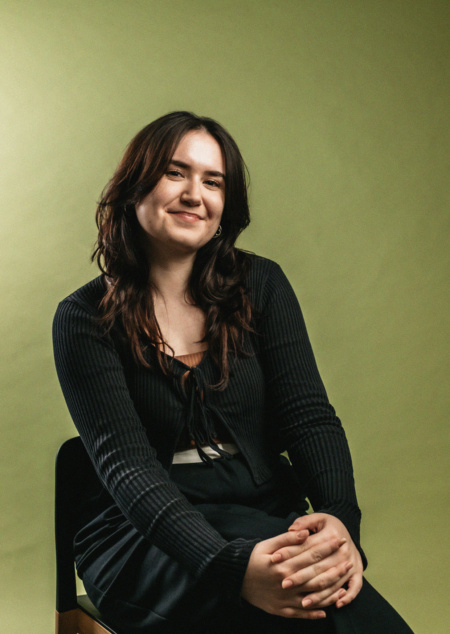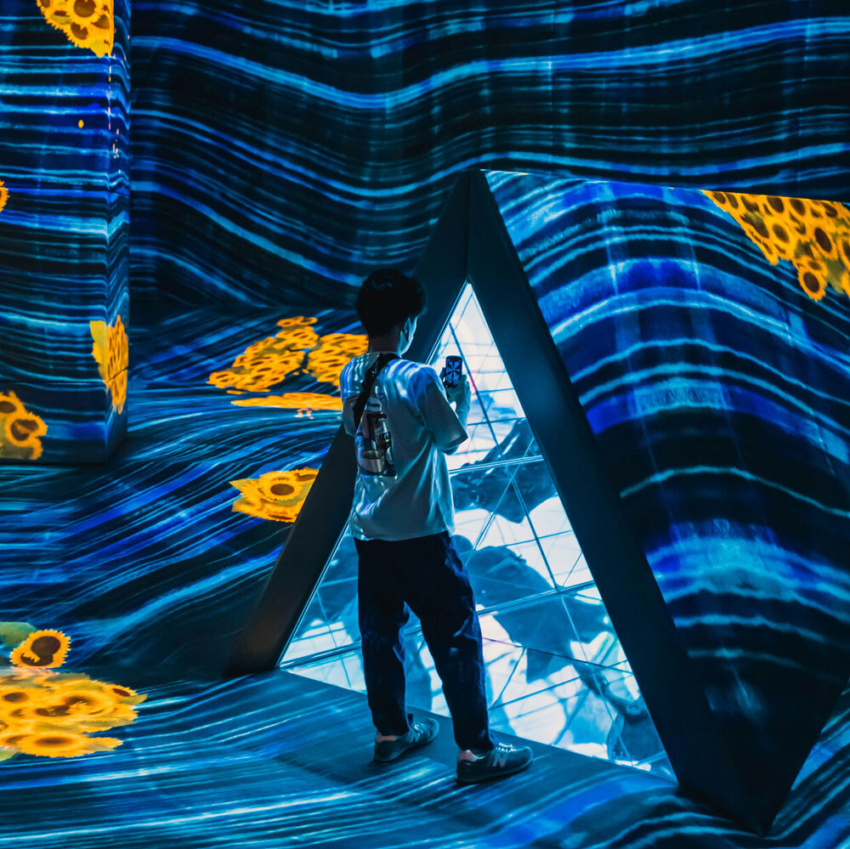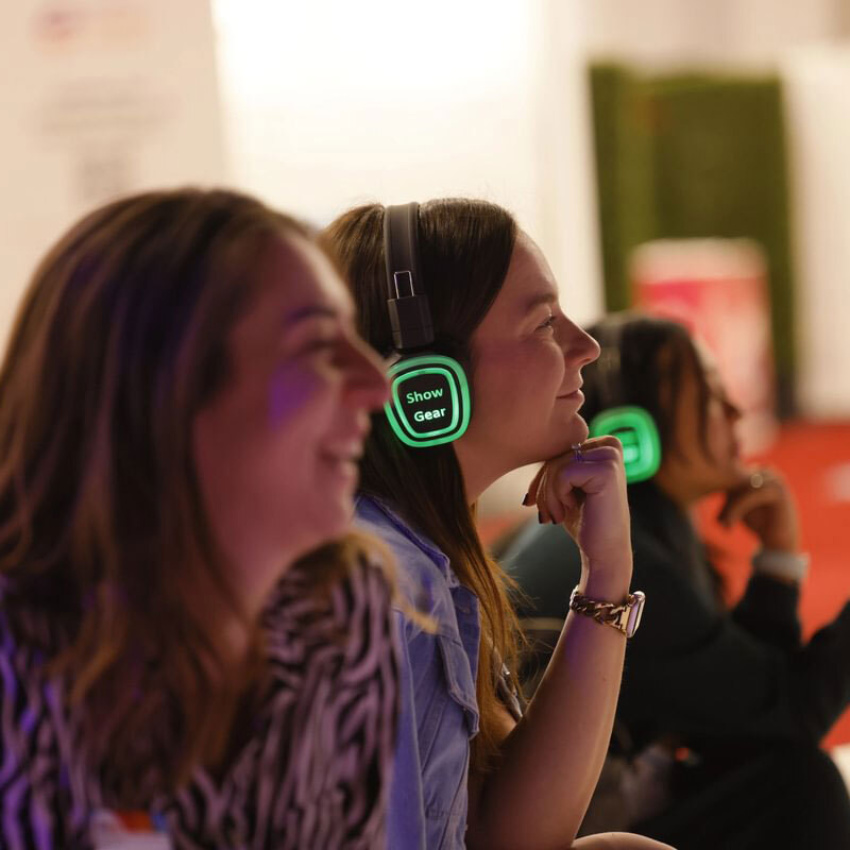What is an experiential event and experiential event design?
Experiential events are immersive and interactive experiences that engage attendees on multiple levels. Attendees want to feel like they’re part of the action and experiential design is the answer to this. The design of an experiential event makes attendees feel like active participants rather than just passive observers. The goal of experiential event design is to create memorable and emotionally engaging experiences.
An experiential event is an event where attendees experience your brand’s message, rather than just hear or see it.
Types of experiential events
So, if the goal is to engage with your attendees on many levels and experience a message rather than just hear or see it, how can you use this in your own event planning?
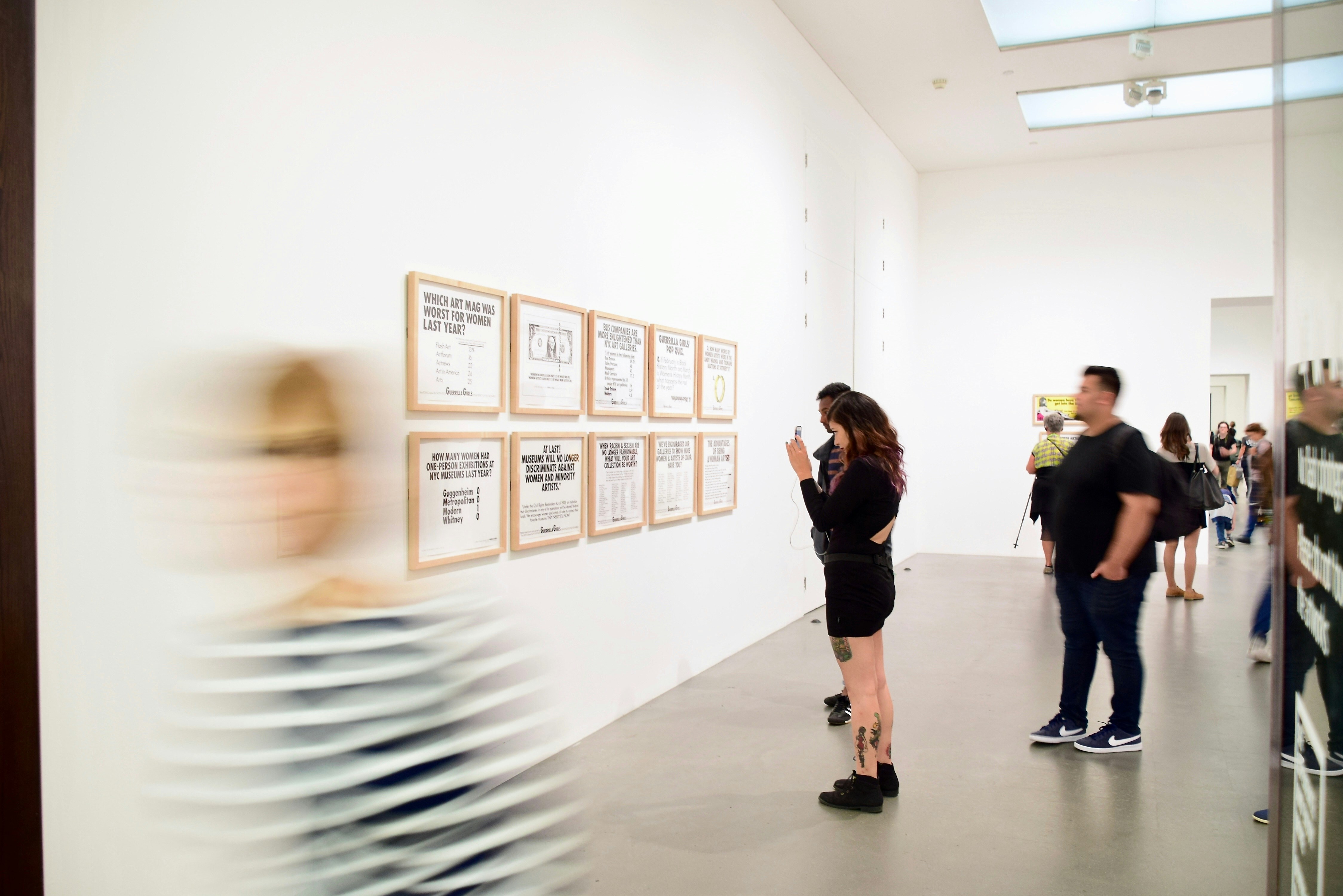
There are so many reasons to use experiential event design and strategy. Here is just a short list of what experiential event planning can be used for:
Brand activation events are designed to create meaningful engagement. They’re all about bringing your brand and its values to life, face to face with your target audience, clients or customers. By creating events that engage all the senses, either through immersive activations or interactive activities, you’ll leave a lasting impression for your brand.
Innovation summits and product launches are used to showcase new technologies, trends and innovative solutions. By using immersive event design, such as live showcases of new technology or letting your attendees use a new product—engaging their senses in more ways than one—you’ll create a memorable experience for your attendees.
Partnership collaborations can create immersive events that explore the relationship between your brands and products in new and exciting ways. Can you create a soundscape that teases a new collaboration? Or a sensory room that explores the relationship between your brand and your partner brand?
Workshops with interactive elements can help messages or solutions really stick with your attendees. By using hands-on demonstrations to engage your attendees, you can make sure these ideas leave a lasting impression.
Why experiential event design is important
Experiential event design can help you achieve specific goals around attendee engagement and brand reputation. And serve a multitude of purposes. Depending on the goal of your event, experiential event design can create:
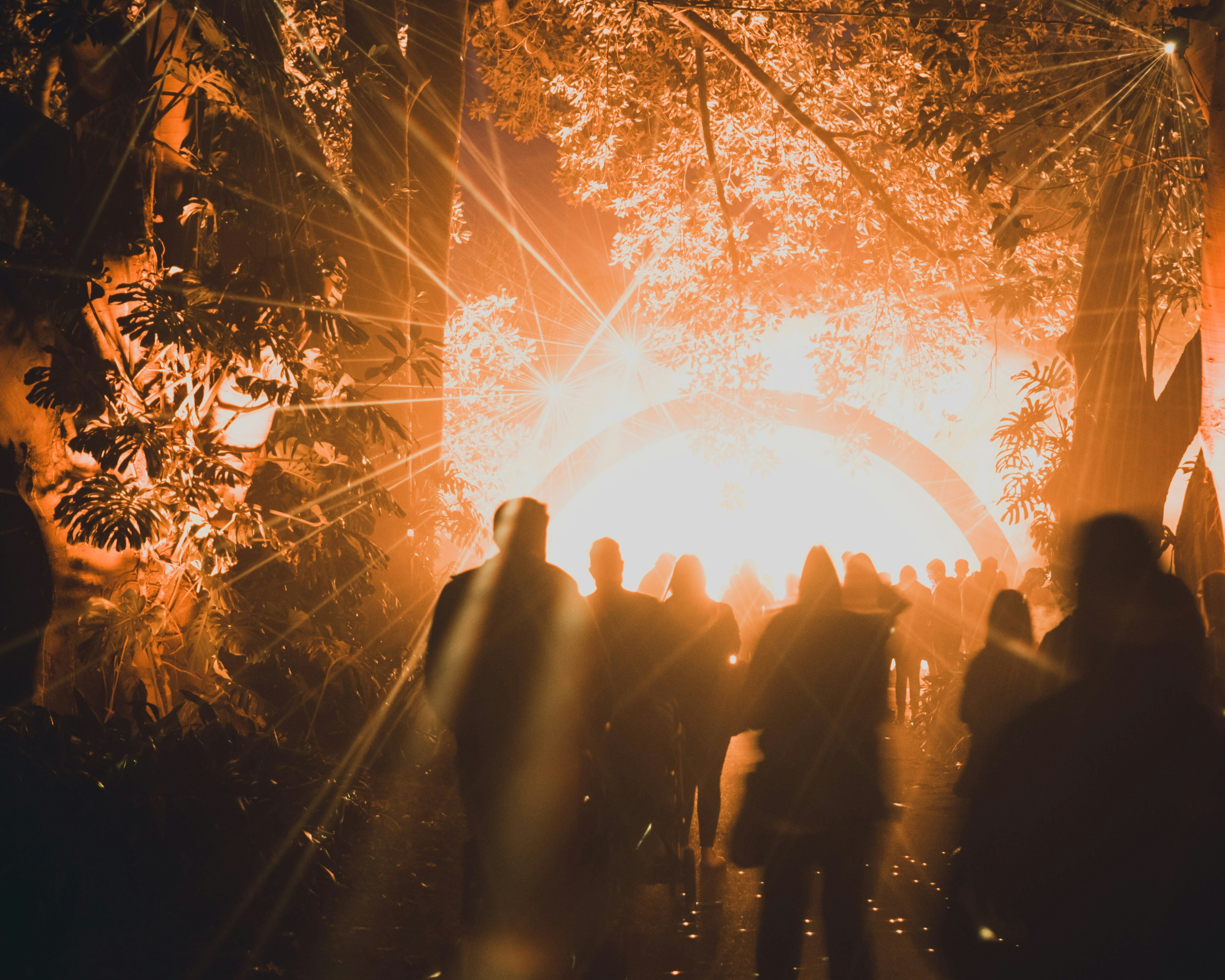
Memorable experiences:
Well-designed experiential events are, above all, memorable. And these lasting impressions can open the door to long-term leads and long-lasting brand attachment. Experiential events can serve to reinforce a brand's message and values.
Emotional connection:
Experiential event planning is all about engaging more than one sense and creating immersion. By appealing to multiple senses, experiential events can evoke strong emotional responses. By, for example, incorporating interactive touchpoints and using immersive environments. These techniques can make the overall experience more impactful, and help attendees form a deeper connection with the event and the brand.
Authenticity:
Experiential events can humanize and contextualize a brand. Immersive events can create an open but purposeful dialogue between the brand and its target audience. When an event aligns with the brand's values, it feels authentic to your attendees. And can, in turn, cultivate a sense of trust and loyalty.
Elevates experiences:
Attention to detail can elevate the overall event experience. Thoughtfulness, such as attending to every anticipated need such as wellness or quiet spaces, in event design ensures that every aspect of the event is carefully curated. And experiential event design is all about the details.
How to prioritize experiential event design in your event planning
How can you keep experiential event design front of mind when you plan your next event? It’s important to remember what exactly the goal of your event is. Do you want to create a long-lasting emotional connection to your brand? Or do you want to drive engagement for a new product launch? When you know what your overarching goal is, you can start to design an experience that evokes those thoughts, emotions or actions. This strategy can bring a brand to life. And it serves to forge genuine emotional connections. These connections drive consumer loyalty and long-term relationships.
To create a truly unforgettable experiential event, you need to:
Understand your audience. By not only knowing but understanding your target audience you can tailor the event to their wants, needs and expectations.
Design interactive elements. Engage your attendees by using interactive touchpoints, such as immersive environments, hands-on activities and live performances. It’s key to blend branded features into these touchpoints to integrate your brand into the experience in front of them.
Prioritize logistics: Focus on comfort and the flow of your event in your logistics planning. By making the event layout easy to navigate your attendees will feel more at ease, allowing them to just enjoy the experience.
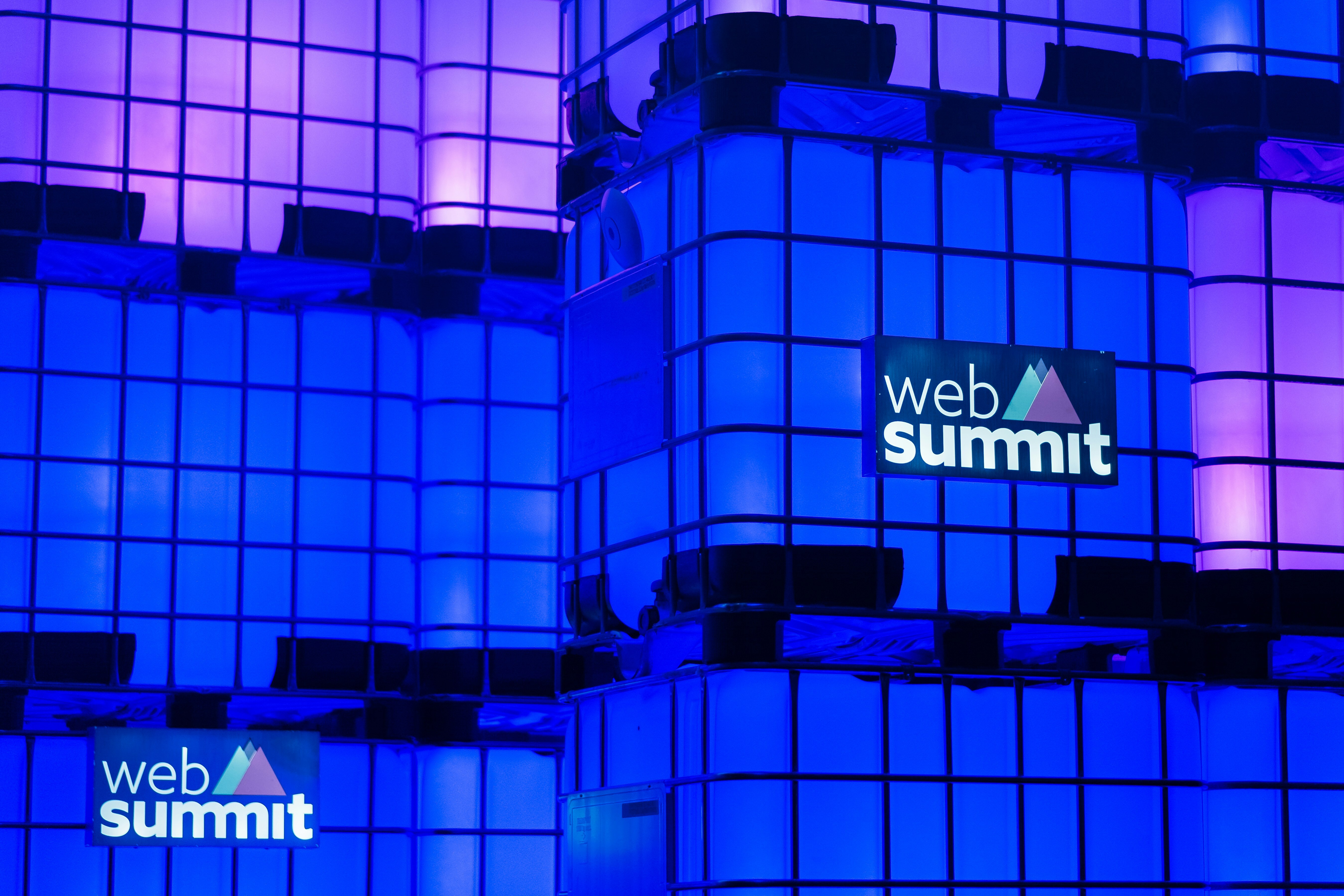
Experiential event design can be the key to unlocking new audiences, engaging existing ones and elevating your brand and business’ events.
FAQs:
What is an experiential event?
An experiential event involves immersive and interactive experiences that engage attendees using multisensory activations and environments.
Why create an immersive event?
By engaging multiple senses at once, an immersive event or experience can create strong emotional attachment to your event and brand.
What do you need to consider when planning an experiential event?
When planning an experiential event, you need to:
- Know who your audience is
- Understand what your overarching goal is
- Design interactive elements
- Prioritize the logistics of your event for a smooth experience for your attendees
